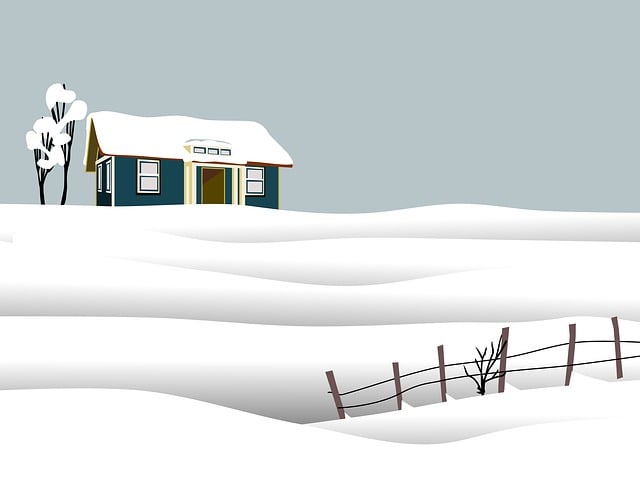Considering a wooden fence for your New Bedford, Massachusetts property? This comprehensive guide delves into the installation process, benefits of wood fences, and essential maintenance tips to ensure a long-lasting and aesthetically pleasing addition. From understanding local regulations to choosing the right materials and expert installation, we cover it all to help you make an informed decision.
- Understanding Wooden Fence Installation in New Bedford
- Benefits of Choosing Wood Fences for Your Property
- The Installation Process: Step-by-Step Guide
- Maintaining Your Wooden Fence: Tips and Best Practices
Understanding Wooden Fence Installation in New Bedford
Wooden fence installation in New Bedford involves a careful process that requires skill and expertise to ensure a sturdy, aesthetically pleasing barrier. The first step is assessing your property and determining the type of wood fence best suited for your needs and surroundings. This could range from traditional picket fences ideal for residential areas to more robust options like cedar or treated pine suitable for commercial or high-traffic zones.
Local climate, soil conditions, and exposure to elements play a significant role in the longevity of the fence. Installation methods also vary depending on the design, with post-hole digging, concrete setting, and rail assembly requiring precise measurements and careful construction. Professionals in New Bedford are equipped to handle these intricacies, ensuring your new wooden fence not only enhances your property’s curb appeal but also stands the test of time.
Benefits of Choosing Wood Fences for Your Property
Wooden fences offer a range of benefits for your property, making them an attractive and popular choice among homeowners in New Bedford, Massachusetts. Firstly, wood provides a natural aesthetic appeal that enhances the curb appeal of any residence or commercial space. The warm tones and textures of wooden fences create a welcoming atmosphere and can significantly improve the overall look of your premises.
Additionally, wood fences are durable and long-lasting investments. They can withstand harsh weather conditions, including strong winds and heavy snowfall, without losing their structural integrity. Regular maintenance, such as staining or sealing, ensures they remain in excellent condition for years to come. Furthermore, wooden fences provide privacy and security, allowing you to create a peaceful outdoor sanctuary while also protecting your property from intruders.
The Installation Process: Step-by-Step Guide
The installation process for a wooden fence begins with measuring and marking the perimeter of your desired fence line, ensuring it aligns with local regulations. Next, dig holes for each post, typically 3-4 feet deep, to provide sturdy support. The posts are then placed in the holes and levelled before filling the gaps with concrete, allowing it to set over night.
Once the concrete is cured, attach the horizontal rails to the posts using brackets or nails, depending on the fence design. Then, securely fasten the individual boards or panels to the rails, creating a sturdy barrier. The final step involves trimming any excess material and ensuring all connections are tight and secure.
Maintaining Your Wooden Fence: Tips and Best Practices
Maintaining your wooden fence is essential to ensure its longevity and aesthetic appeal. A regular cleaning routine is the first step; use a soft brush or cloth to remove any dirt, debris, or mold buildup. Avoid harsh chemicals, as they can strip the natural protective oils from the wood. Instead, opt for a mild detergent or vinegar solution.
Inspect your fence periodically for any signs of damage, such as splintered boards, loose posts, or rot. Repairs should be addressed promptly to prevent further deterioration. Consider applying a fresh coat of sealant every few years to protect the wood from the elements. This simple maintenance routine will help keep your wooden fence in excellent condition for many years.
